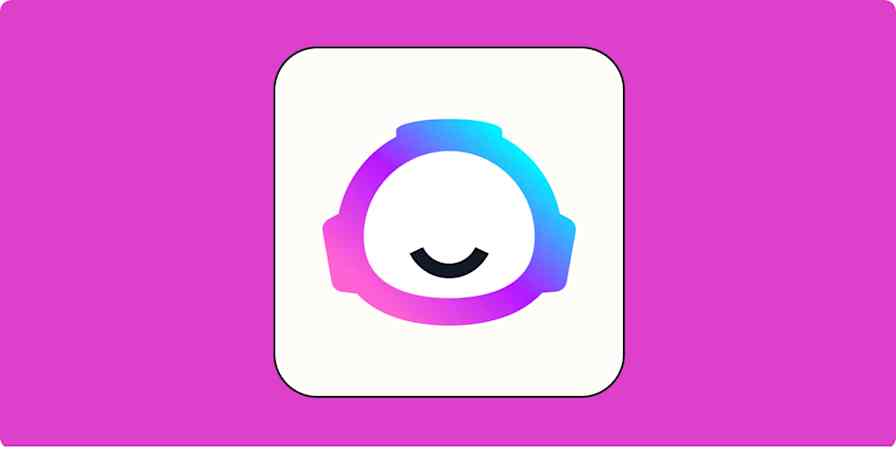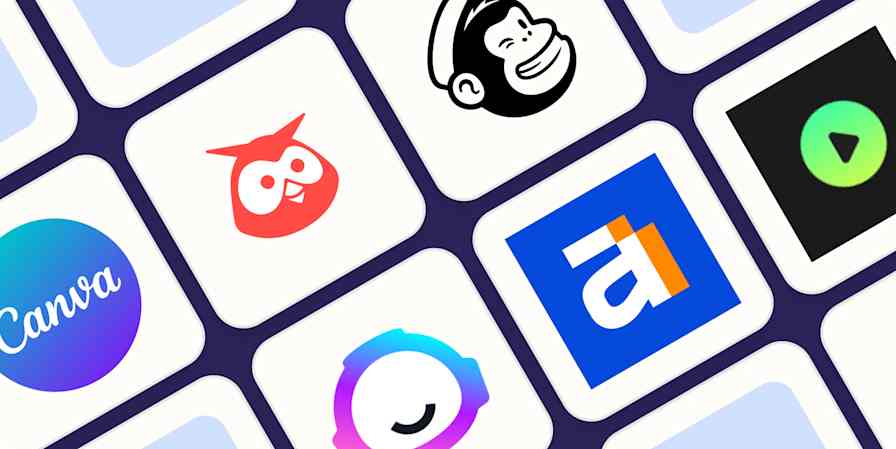Marketing tips
8 min read8 ways real businesses are using AI for content creation
By Juliet John · May 25, 2023

Get productivity tips delivered straight to your inbox
We’ll email you 1-3 times per week—and never share your information.
Related articles
Improve your productivity automatically. Use Zapier to get your apps working together.






